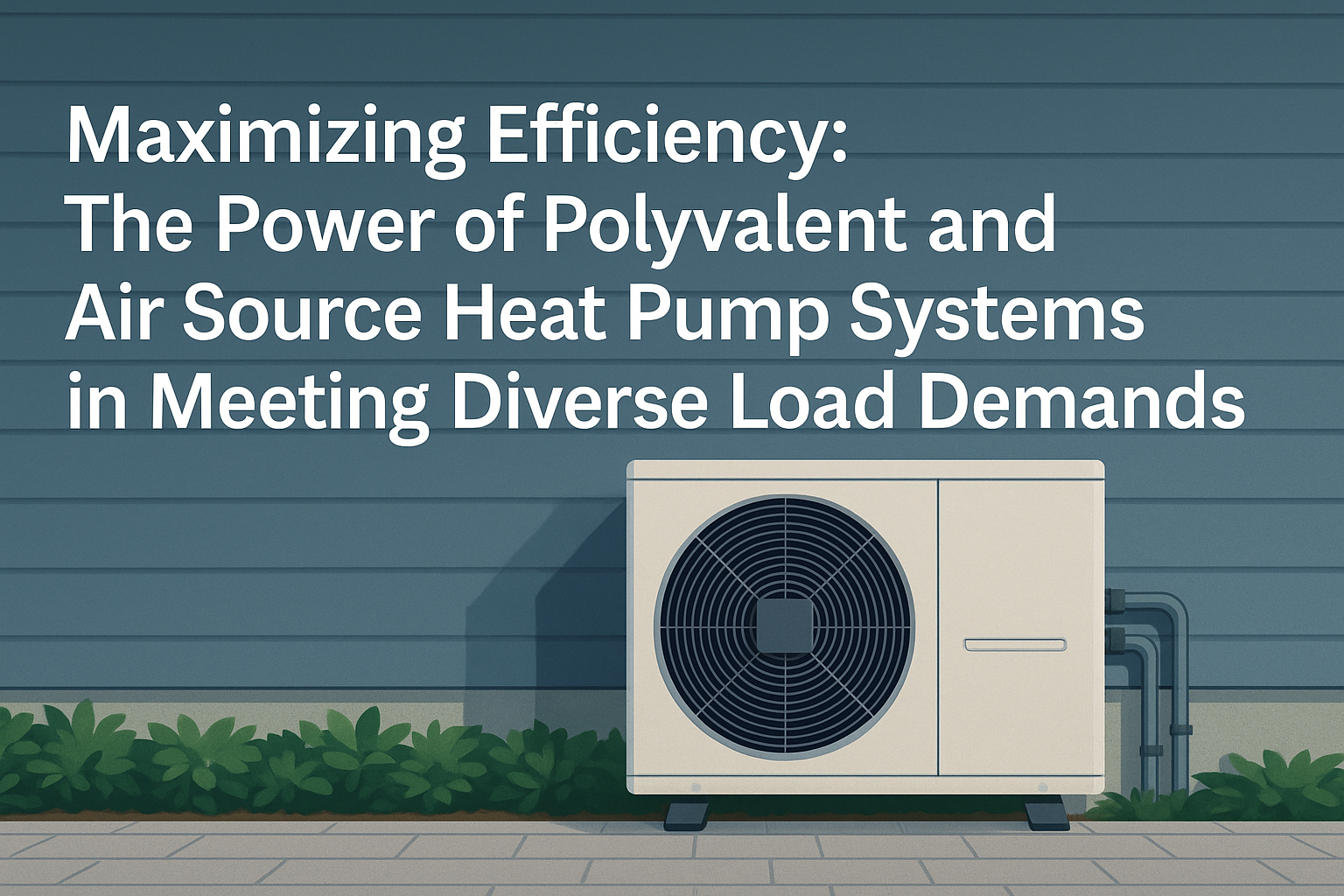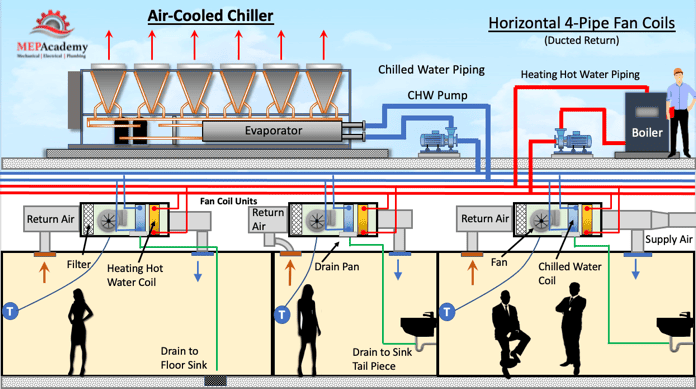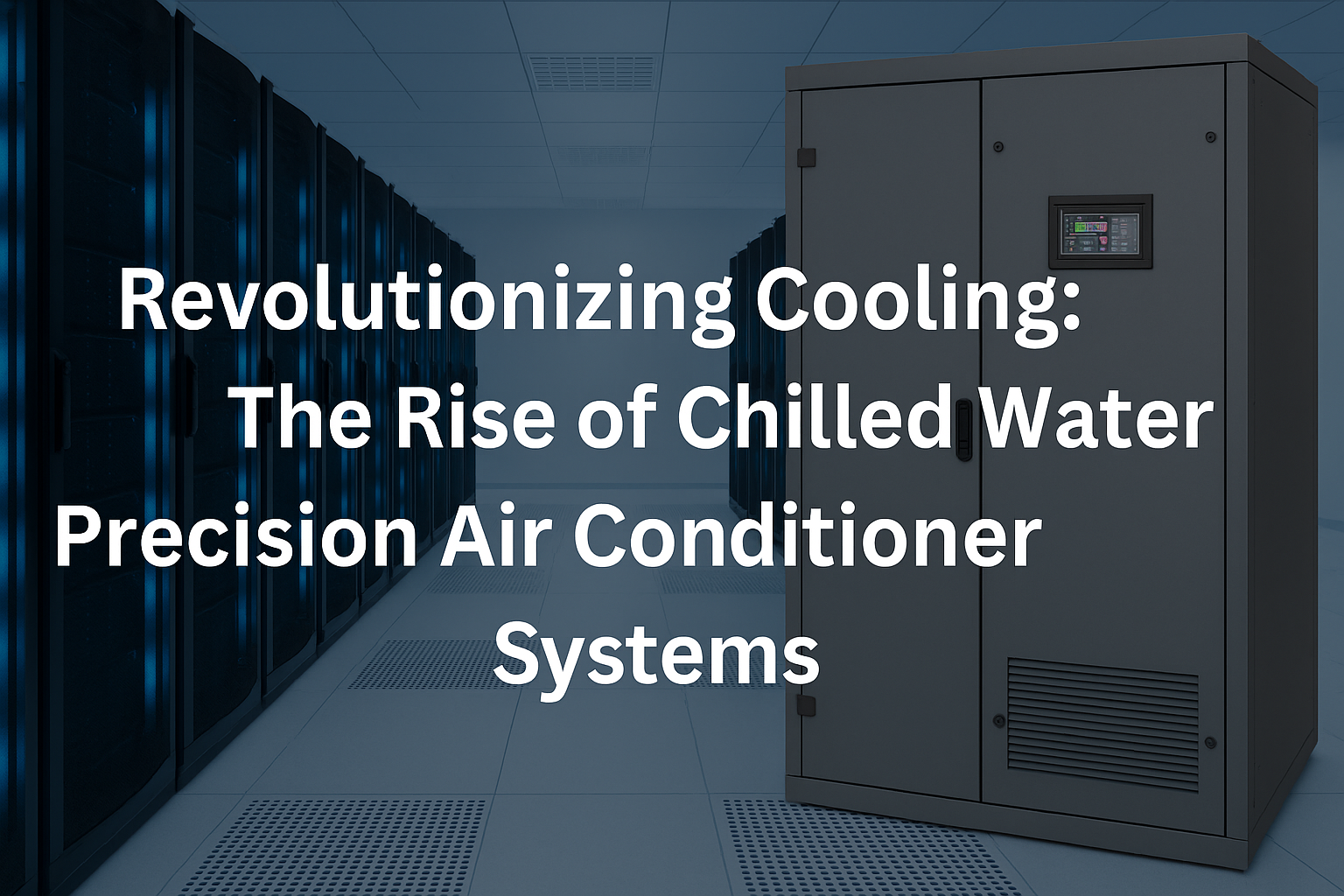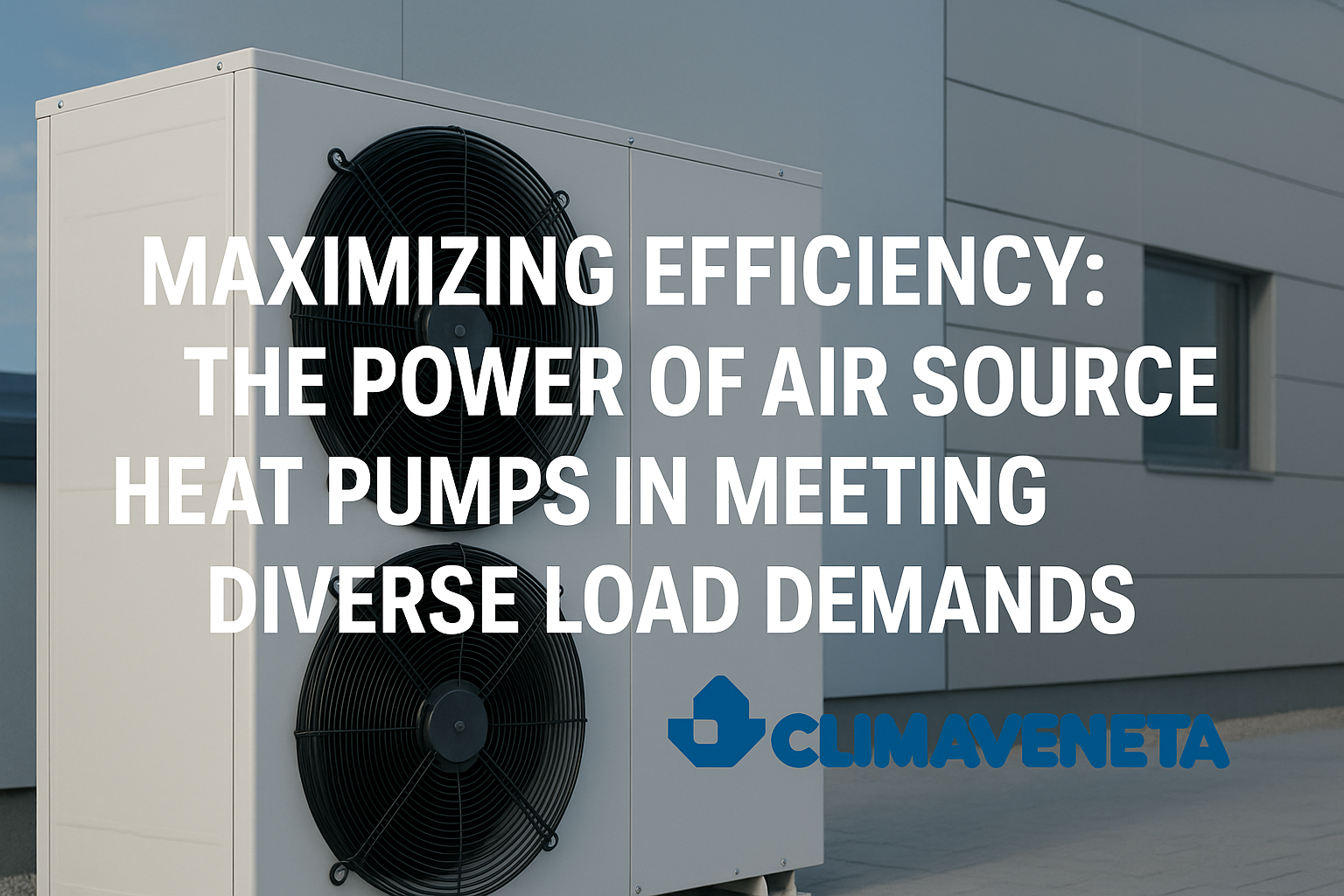Maximizing Efficiency: The Power of Polyvalent and Air Source Heat Pump Systems in Meeting Diverse Load Demands

The Urgency for Smarter Climate Solutions
By 2050, global electricity demand from the cooling sector is expected to rise by 37%. As the climate crisis intensifies, energy-efficient systems like Heat Pumps are essential—not just ideal. Among these, Polyvalent Pumps are revolutionizing how industries handle simultaneous heating and cooling.
What Are Polyvalent Heat Pumps?
Gone are the days when Heat Pumps were single-function systems. Today, Polyvalent Heat Pumps embody a breakthrough in HVAC technology. Unlike traditional units, these advanced systems can deliver both hot and chilled water simultaneously. This flexibility makes them powerful energy management tools across commercial, healthcare, and industrial sectors.
Key Advantages of Polyvalent Heat Pumps
1. Adaptive Energy Performance
Heat Pumps in polyvalent systems automatically adjust based on real-time load demands. Whether hot water, chilled water, or both are needed, they respond dynamically—maximizing performance.
2. Integrated Heat Recovery
Polyvalent Heat Pumps utilize recovered heat from the cooling cycle. This drastically improves efficiency and cuts down energy waste.
3. Multi-Sector Applications
From commercial buildings to hospitals, these pumps are making a significant impact. Even Air Source Heat Pump systems are evolving to support more adaptive, dual-function operations.
India’s Energy Challenge and the Role of Heat Pumps
India is experiencing a surge in energy demand, particularly in urban centers. By 2030, cooling energy consumption may quadruple. The India Cooling Action Plan targets thermal comfort and sustainability. Heat Pumps, especially polyvalent and Air Source Heat Pump systems, are key to balancing these goals.
During peak hours, traditional systems add stress to the grid. In contrast, Heat Pumps with heat recovery capabilities ensure optimized performance, lower emissions, and cost efficiency.
Technological Advances Powering Heat Pumps
Smart Controls and Load Management
Modern Heat Pumps integrate AI-based controls. These enable real-time energy optimization and predictive load management, aligning HVAC operation with building usage patterns.
Compatibility with Renewables
Advanced Pumps, including Air Source Heat Pump variants, work seamlessly with solar, wind, and other renewable energy inputs.
Low-GWP Refrigerants: A Greener Future
Today’s Heat Pumps use environmentally friendly, low-GWP refrigerants that reduce global warming impact. Innovations in Air Source Heat Pump design ensure that these refrigerants not only match but exceed the performance of traditional ones—without the ecological damage.
Use Cases: Real-World Benefits Across Industries
Commercial Buildings
Optimized HVAC using Heat Pumps leads to lower operational costs and consistent climate control.
Healthcare Facilities
Polyvalent Heat Pumps ensure precise environmental conditions essential for patient safety and comfort.
Hospitality Sector
Air Source Heat Pump and polyvalent systems offer efficient comfort control despite fluctuating occupancy.
Industrial Processes
Integrated Heat Pumps reduce energy waste in processes requiring both heating and cooling.
The Numbers That Matter
Adoption of polyvalent Heat Pumps delivers:
- Up to 30% reduction in energy costs
- 15% boost in efficiency during peak loads
- Up to 25% annual energy savings
- Compact equipment footprint
- Efficiency ratings of 0.55–0.60 kW/ton
Looking Ahead: The Future of Heat Pumps
The roadmap to 2030 and beyond places Heat Pumps at the center of climate action. Anticipated future developments include:
- AI-driven load predictions
- Smart grid and building integration
- More advanced Air Source Heat Pump capabilities
- Distributed energy system compatibility
Economic and Environmental Impact
Choosing Heat Pumps offers clear benefits:
- Reduced operational expenditure
- Minimized environmental footprint
- Boosted energy resilience
- Support for sustainability targets
As adoption increases globally—from North America to Europe—Heat Pumps are being recognized as the cornerstone of next-generation energy systems.
Conclusion: A Paradigm Shift in Climate Management
Heat Pumps, particularly polyvalent and Air Source Heat Pump technologies, are more than just HVAC solutions—they’re a bold step toward a sustainable future. For businesses, institutions, and governments aiming to reduce energy use and emissions, Heat Pumps offer the smartest path forward.
Note: IndiBlogHub features both user-submitted and editorial content. We do not verify third-party contributions. Read our Disclaimer and Privacy Policyfor details.







